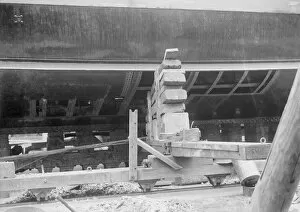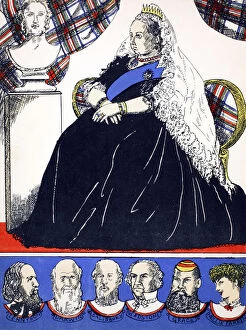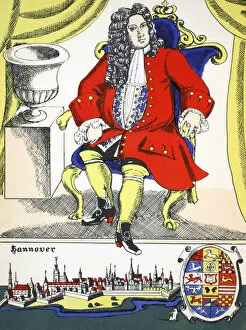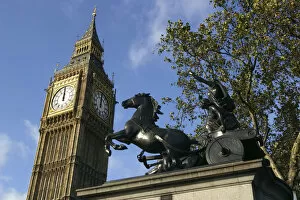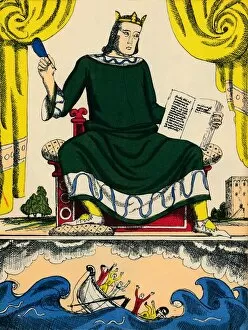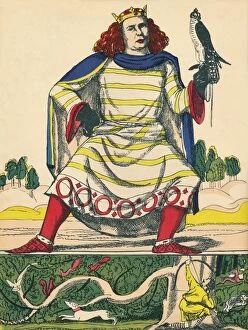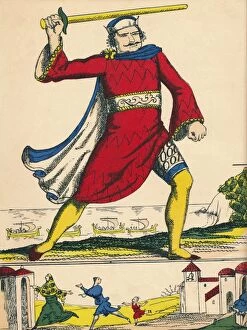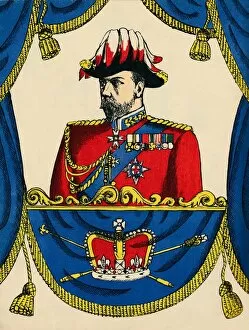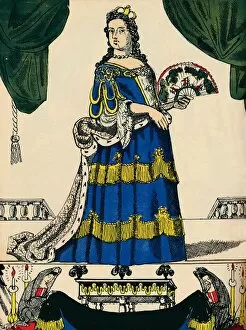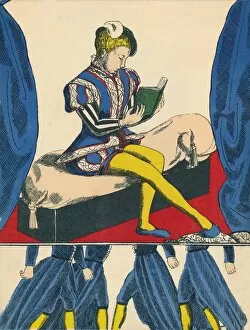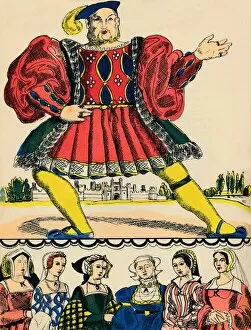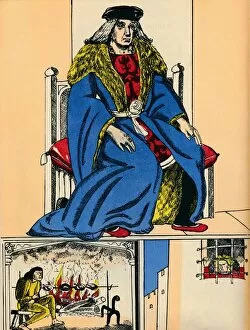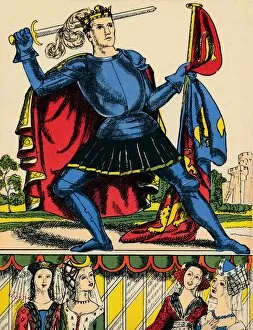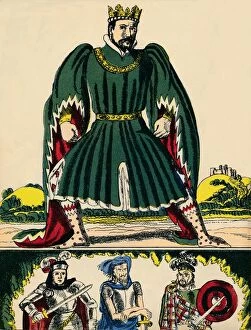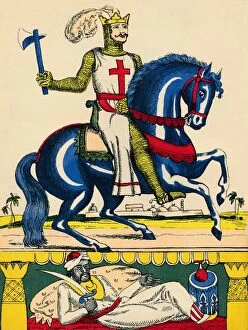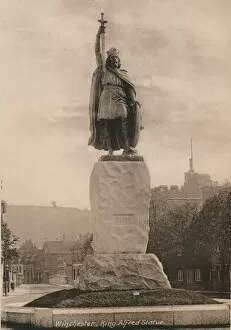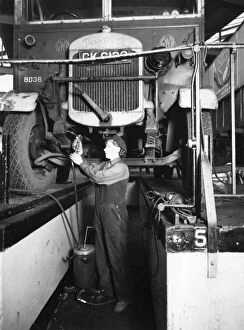Thornycroft Collection (page 3)
"Thornycroft: A Legacy of Innovation and Artistry" Step back in time to the year 1929, where the GWR 4 Ton Thornycroft Lorry roamed the streets with its robust presence
For sale as Licensed Images
Choose your image, Select your licence and Download the media
"Thornycroft: A Legacy of Innovation and Artistry" Step back in time to the year 1929, where the GWR 4 Ton Thornycroft Lorry roamed the streets with its robust presence. This vintage beauty was a true testament to Thornycroft's craftsmanship. Speaking of artistry, Rosalind Thornycroft showcased her talent in capturing historical figures like Edward I, King of England from 1272. Her masterpiece from 1932 immortalized this iconic ruler for generations to come. Transportation took center stage as well, with the Woking and District 29 seater Thanet bus making its mark on the roads. Meanwhile, Nottingham, Radcliffe, and Bingham witnessed elegance personified through the Ross Elysian bus. The royal touch continued with William IV gracing us with his presence through Rosalind Thornycroft's artwork in 1932. His regality shone brightly thanks to her skilled brushstrokes. But it wasn't just land-based vehicles that bore the name Thornycroft; even at sea during WW1, HMS Shakespeare stood tall as a British destroyer protecting our shores. The bravery displayed by this vessel is etched into history forever. On land once again stands Boadicea's statue—a symbol of strength and resilience—reminding us of our rich heritage and fierce warrior spirit. Let's not forget about innovation. In 1902, London Road Car Co introduced their revolutionary creation: the Thornycroft steam bus. It revolutionized public transportation while paving the way for future advancements in mobility. During WW1, Thorneycrofts played an essential role in defending against aerial threats with their powerful anti-aircraft guns mounted on these sturdy vehicles—an example of how technology can protect lives during times of conflict. Taking to sea once more was H. M.

